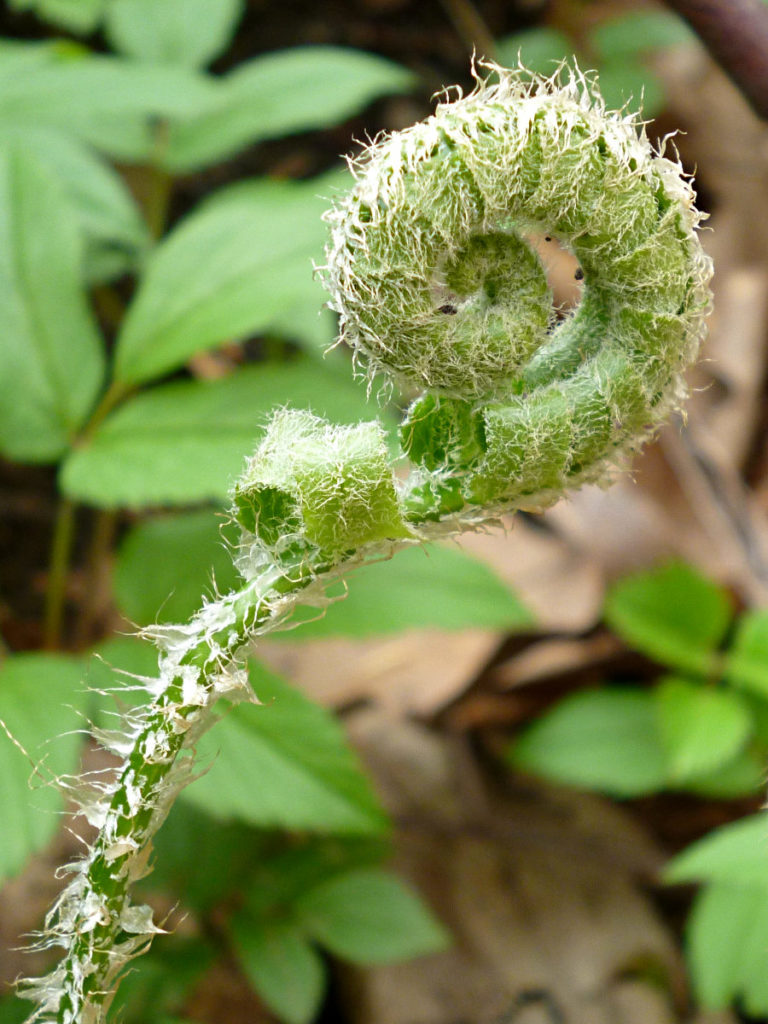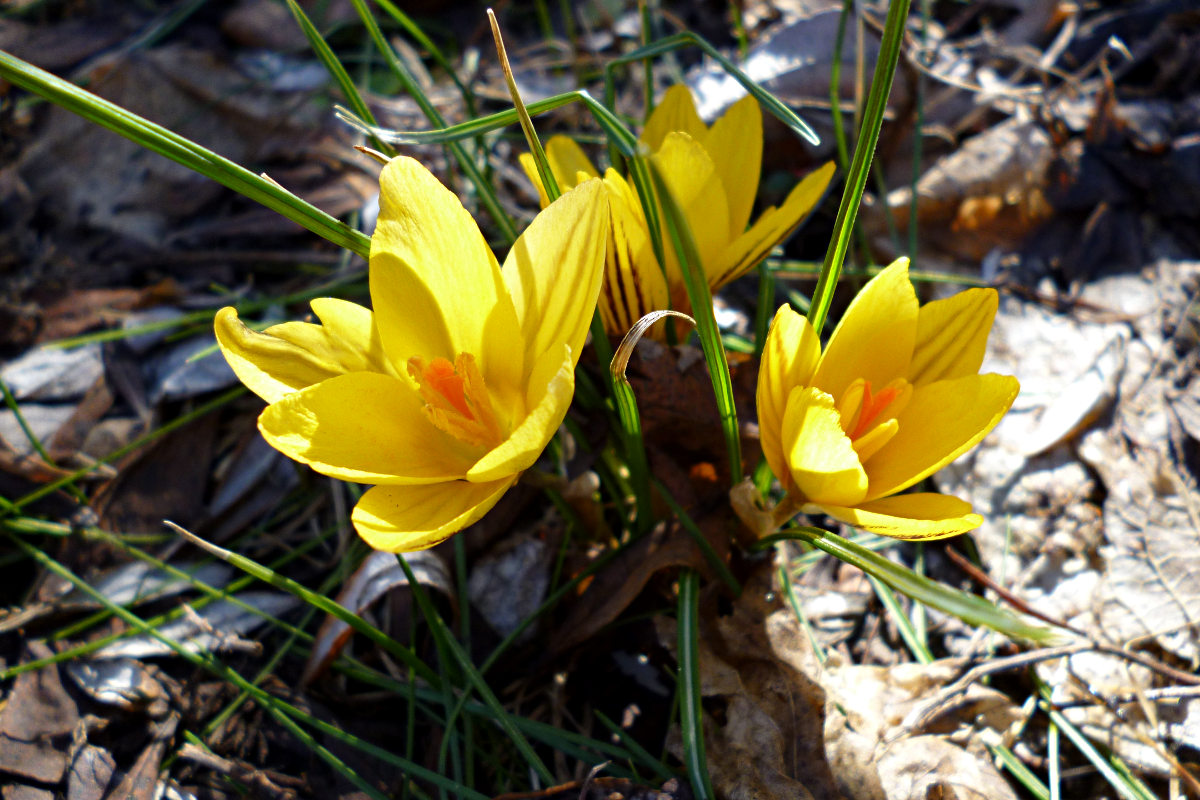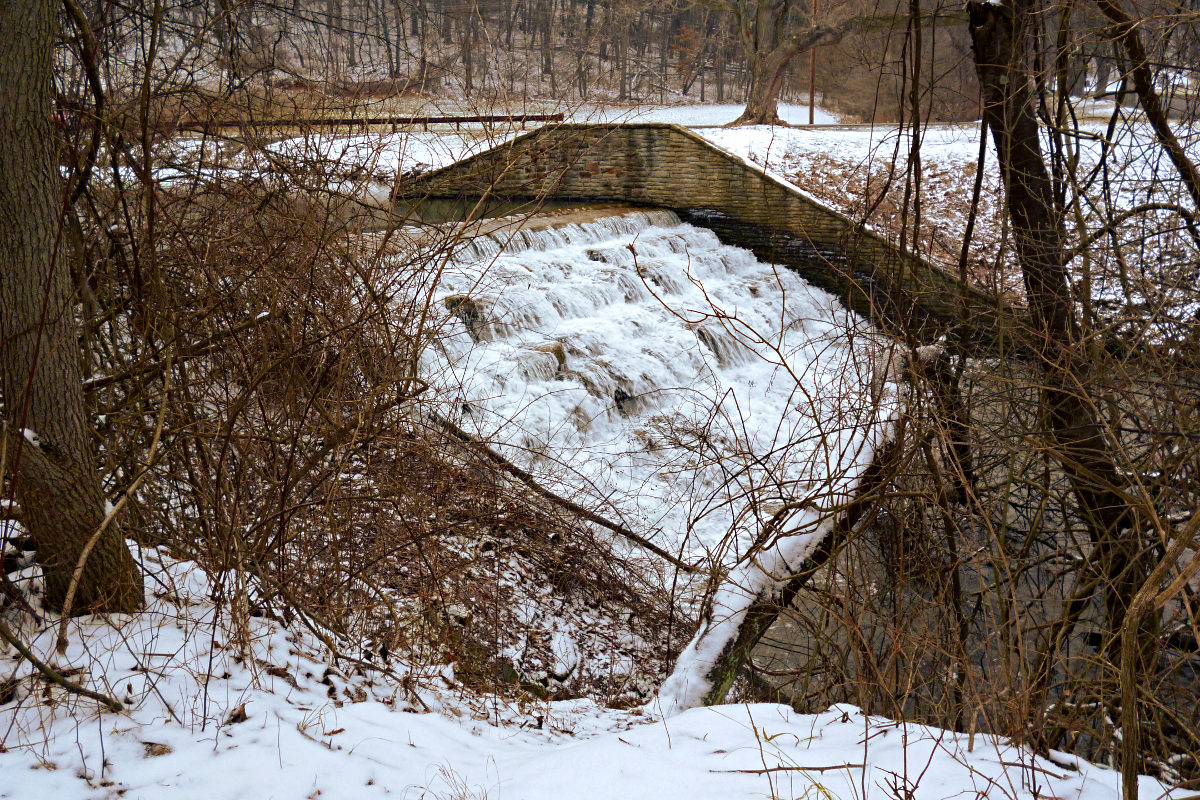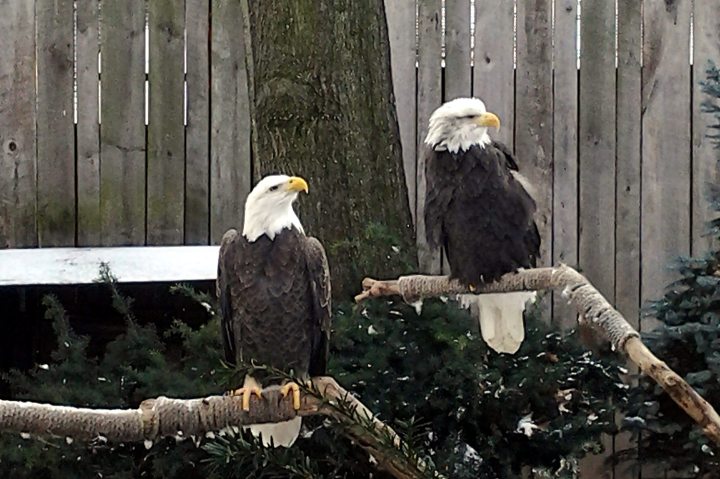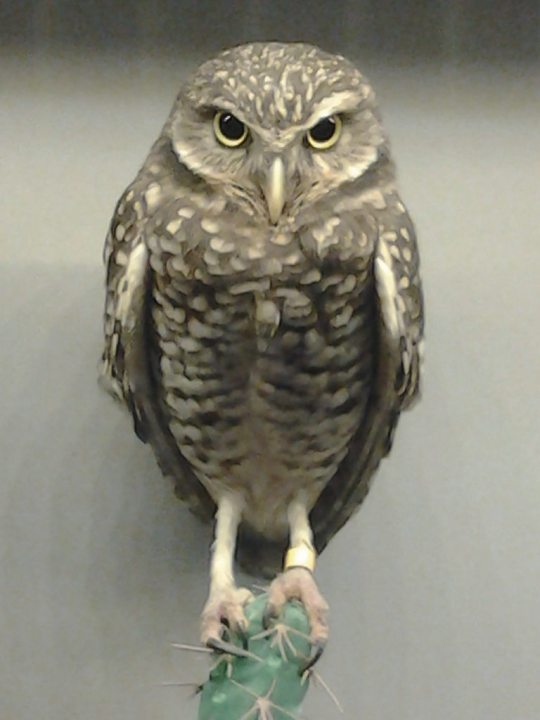This waterfall is usually a gentle and friendly thing, as we see it here, but it can be a roaring cascade after a bad storm. There used to be two footbridges over the stream below, but both are mangled wrecks since a storm a few years back.
-
Waterfall Near the Trillium Trail, Fox Chapel
-
Trillium in the Rain
-
Fiddlehead
-
Little Waterfalls in Scott Township
Father Pitt admits to being a sucker for waterfalls, big or small. These are small, but very relaxing to look at and listen to. They’re part of a stream along the Tom the Tinker Trail in the Kane Nature Reserve. You can hear the spring chorus of birds in the background.
The name of the trail, incidentally, is an allusion to the Whiskey Rebellion. Notes signed “Tom the Tinker” appeared everywhere threatening anyone who complied with the whiskey tax.
-
Waterfall on the Squaw Run
-
Crocuses
-
Water over the Dam in North Park
-
Bald Eagles at the National Aviary
-
Burrowing Owl at the National Aviary
-
Periwinkles in January



